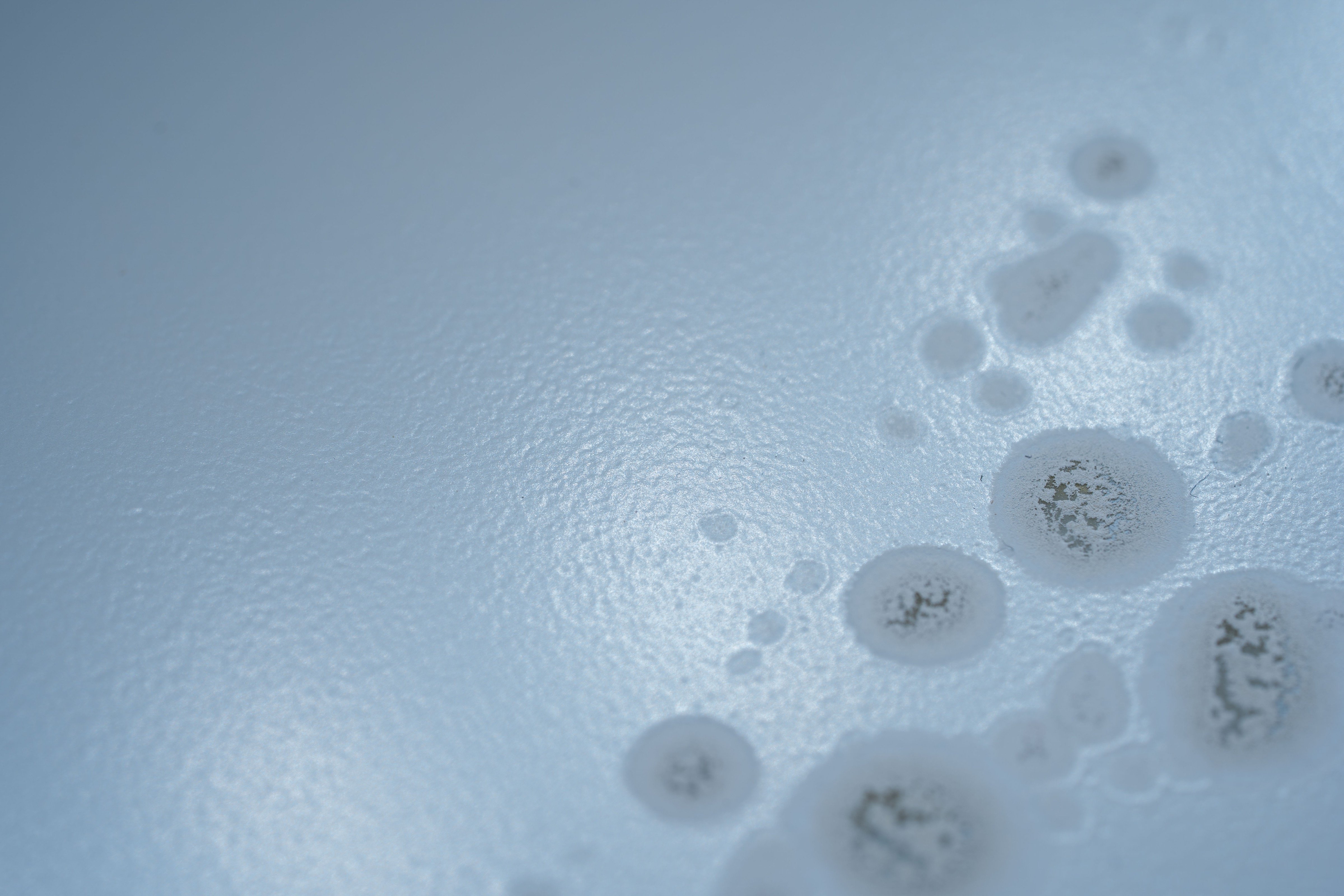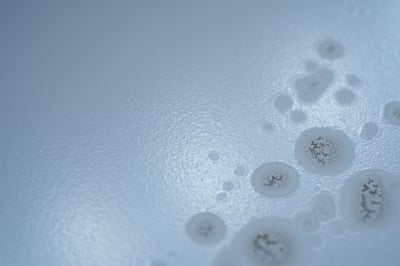
Cleaning components to eliminate contamination can be a challenging issue in manufacturing. Plasma cleaning can be used to volatilize that contamination and eliminate it effectively. It is a better approach than wet chemistry processes and eliminates a wet process while removing its waste streams.
Using plasma cleaning to volatilize contamination in the manufacturing process is achieved when the hydrocarbon contaminant is converted into a gas during the plasma process and expelled through the vacuum system. Oxygen is often the process gas used in the plasma cleaning system. Oxygen plasma converts the organic contaminant into HO and CO gas easily pumped out of the vacuum chamber using conventional methods. It will not create toxic waste materials common in other processes.
Many manufacturing processes require the reduction of oxide on the surface before another manufacturing step. The removal of oxide can be accomplished using a plasma process with hydrogen as the process gas. The metals on a substrate can contain oxide contamination on their surface, which will prevent proper bonding during manufacture. Converting this oxide into a HO gas that will be easily expelled with a vacuum pump by conventional methods would be the most efficient way to clean up these sites to achieve a proper bond afterward.
Argon plasma can be used to remove contamination from surfaces as well. Plasma with Argon as the process gas will act as a physical process to sputter trace level contamination challenging to remove by other methods. An example where this is usually implemented would be to remove oxide from a stent (implantable medical device) or a titanium device.
 Mold release can be a huge problem because it can create high contamination levels in the manufacturing process. It can be an even more challenging problem to tackle if there is a trace level of contamination. The mold release that is left over after a basic cleaning level will often inhibit the bonding of glue or coating. Plasma cleaning can remove this mold release from injection molded parts. Plasma cleaning would be the best way to remove contaminants that are often unseen.
Mold release can be a huge problem because it can create high contamination levels in the manufacturing process. It can be an even more challenging problem to tackle if there is a trace level of contamination. The mold release that is left over after a basic cleaning level will often inhibit the bonding of glue or coating. Plasma cleaning can remove this mold release from injection molded parts. Plasma cleaning would be the best way to remove contaminants that are often unseen.
In the medical industry, there is a need for the environment and equipment used in production to be clear of any contaminants. The need for the devices to be ultra-clean is a considerable concern. Cleaning contaminants such as fingerprints or other organic oils with a plasma system can alleviate this concern. Plasma systems can also remove other problem contaminants, including cosmetics, hand lotion, or saliva. These small contaminant levels can be very harmful to a manufacturing process when creating a medical device.
Using a plasma system to clean and remove contaminants is better than other chemistries because it eliminates wet chemistry and its waste streams. Processes that use wet chemistry to eliminate contaminants can be very hazardous due to the chemicals involved in the process. These are often difficult and costly to dispose of after use. They can also be very harmful to the people who use them and the environment in which they are disposed of. Plasma cleaning is an environmentally friendly process that can be repeated without any harmful chemicals being used.
Using plasma to volatilize contaminants from your manufactured parts is an effective method of ensuring that the parts are ready for any manufacturing step and end-use of that product. Plasma accomplishes this by turning contaminants into easily evacuated compounds such as HO and CO, while oxide contaminants can be reduced using Hydrogen plasma. To remove difficult contaminants, Argon can be used for physical sputtering to remove it from the surface. Injection-molded parts often have mold release, which can be also be removed using a plasma system. It is essential in the medical field to remove human-created contamination such as fingerprints or other organic oils. Finally, plasma is more cost-effective and more efficient than wet chemistries, which are harmful to the users and the environment.
To learn more about plasma cleaning and its benefits in the manufacturing process, please read our article titled "Plasma Etching and Cleaning Strategy for Better Product Quality."
Plasma: +1 (248) 761 9253
Distribution: +1 (248) 549 8600
Fax: +1 (248) 549 3533
info@thierry-corp.com
Comments